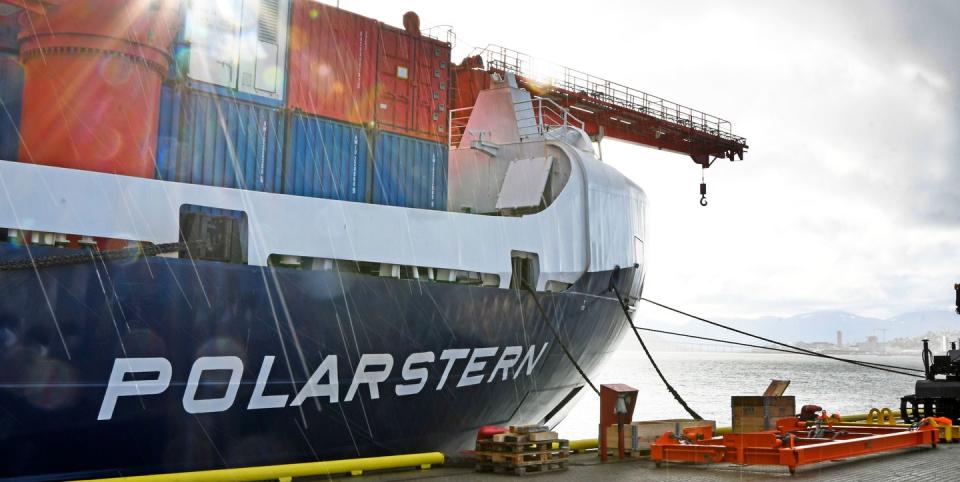Superfast High-Bandwidth Internet Just Reached the Arctic

A German research vessel in the Arctic has become the first to benefit from a high-bandwidth internet connection, which tops speeds of 100 mbps.
The vessel will remain trapped in sea ice for a year to study how climate change is affecting ice in the Arctic.
Kepler Communications plans to launch a number of Low-Earth Orbit satellites in the next few years, sparking concerns that they and other communications companies will clog Earth’s orbit.
For the first time, a high-bandwidth internet connection has reached the Arctic. A small satellite startup called Kepler Communications has managed to deliver a satellite-based broadband connection, which reaches speeds of more than 100 mbps, to a German ice-breaker ship stationed in the Arctic.
By most standards, 25mbps counts as high speed internet, good for binging the latest shows, but the researchers aboard the vessel are already using the superfast internet to transfer data to their colleagues back on shore. So far, the network connection has demonstrated speeds ranging between 38 mbps and 120mbps.
The MOSAiC expedition is the largest Arctic expedition ever launched. The ship, called the Polarstern, is used as a mobile lab for the MOSAiC research project, and will remain trapped in sea ice for a year in an effort to understand how climate change is reshaping the Arctic environment. You can track their progress here.
Connecting the poles has always been a challenging task. Both terrestrial high-bandwidth networks, which supplies a connection over land can be, well, tricky to install in the Arctic, as well as satellite-based networks in the region are spotty and slow at best.
Kepler’s satellites zip around the planet along a polar orbit, at an altitude just shy of 360 miles above the surface in the low-Earth orbit. The circle the globe every 90 minutes, according to Kepler’s website.
Two of the company’s satellites, KIPP and CASE, are already in orbit providing internet access to the far reaches of the globe. Another, TARS, is scheduled to launch later this year. The company eventually plans to release around 200 nano satellites into orbit between 2020 and 2023.
Despite the impressive feat, many are concerned that the influx of these new communication satellites—as well as SpaceX’s suite of Starlink satellites—into LOE will increase the chances of a collision, which could have devastating impacts on global spaceflight. The company told SpaceNews that their satellites will orbit Earth at an altitude 31 miles higher than SpaceX.
Still, providing fast, reliable internet to the planet’s most vulnerable regions will increase the amount and quality of research and data that can be gathered in these regions. If only Robert Peary could see us now.
Source: TechCrunch
You Might Also Like
